RHS Bridgewater – The Great Northern Garden Build
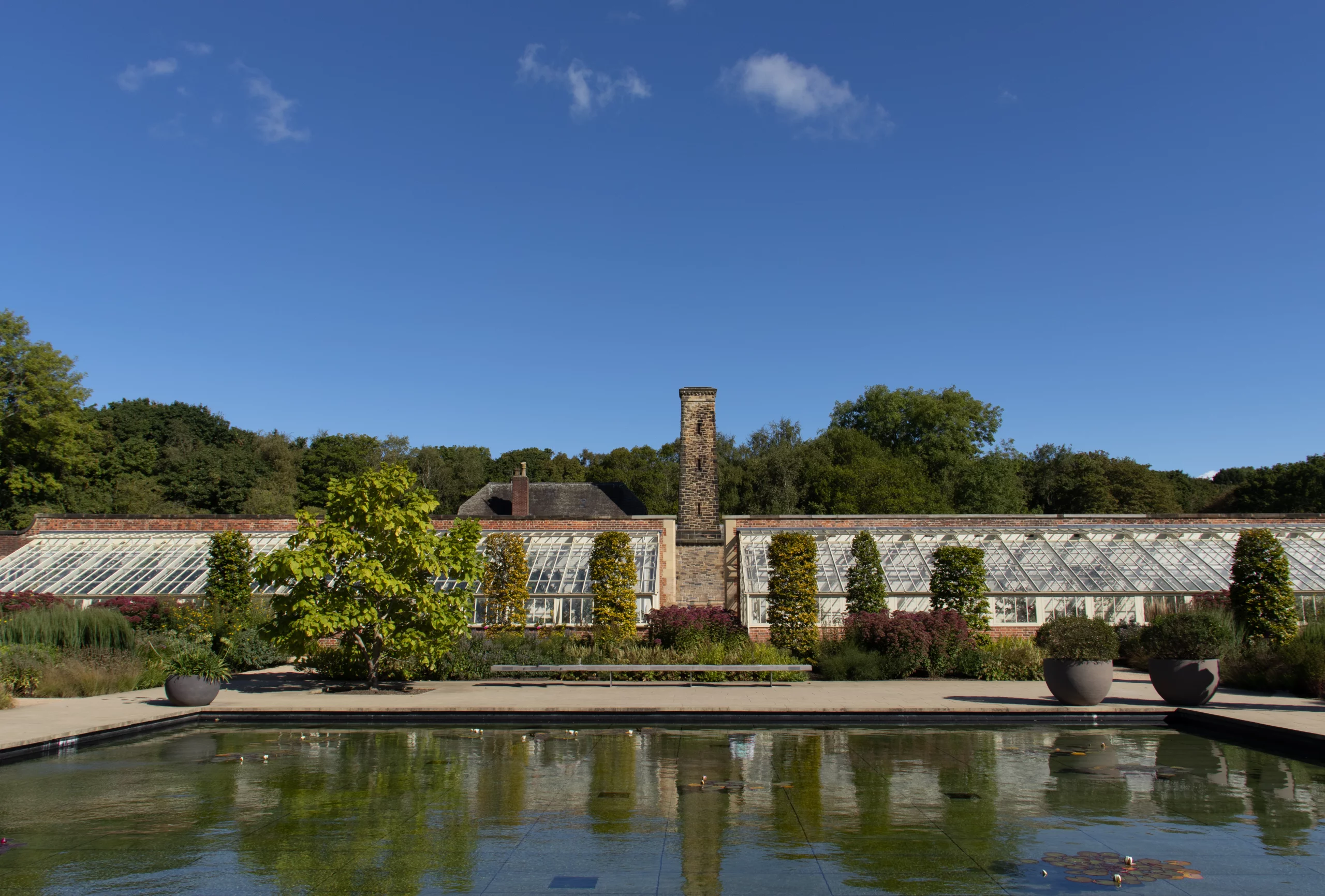
“Contemporary advanced materials combined with a design aesthetic connected to the past”.
Back in 2015, the RHS announced plans to open a new garden. On the site of the former Worsley New Hall, Salford, it would be their first garden within a city conurbation. Proffering a wide range of community engagement opportunities, and their first in the climatic and ecological conditions of the North West. The first seeds of RHS Bridgewater were sewn.
The 1st Earl of Ellesmere built Worsely New Hall in the mid 1800’s. A notable architect designed the hall and a renowned garden designer of the time planned the garden. Adjacent to the Bridgewater Canal – the first built without following an existing watercourse, the area is rich in local history of national importance. Bridgewater is also the first RHS garden to be set within such an historic backdrop. The challenge to breathe new life into this now-derelict land, and create a new future for it, was additional inspiration to all involved.
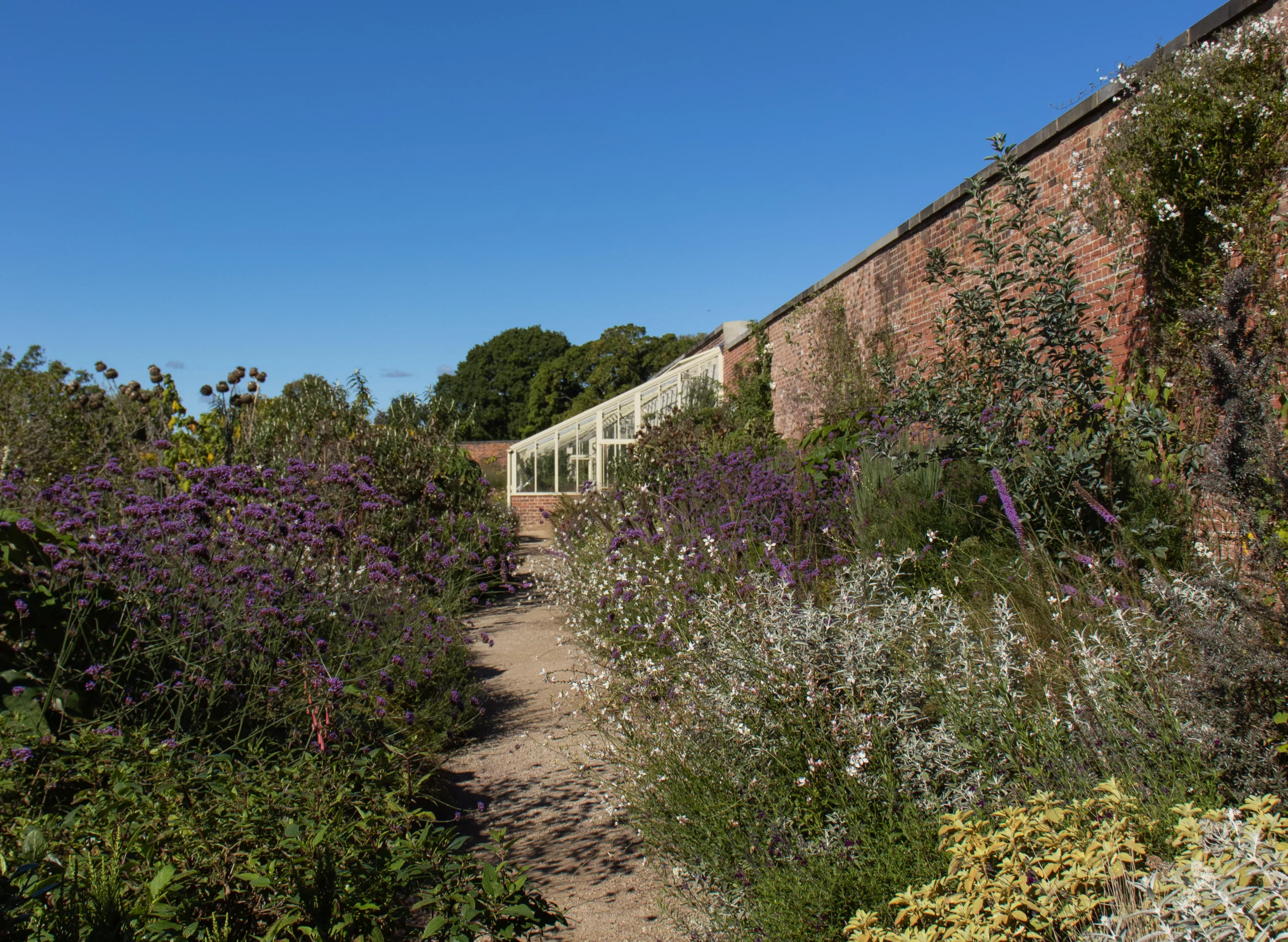
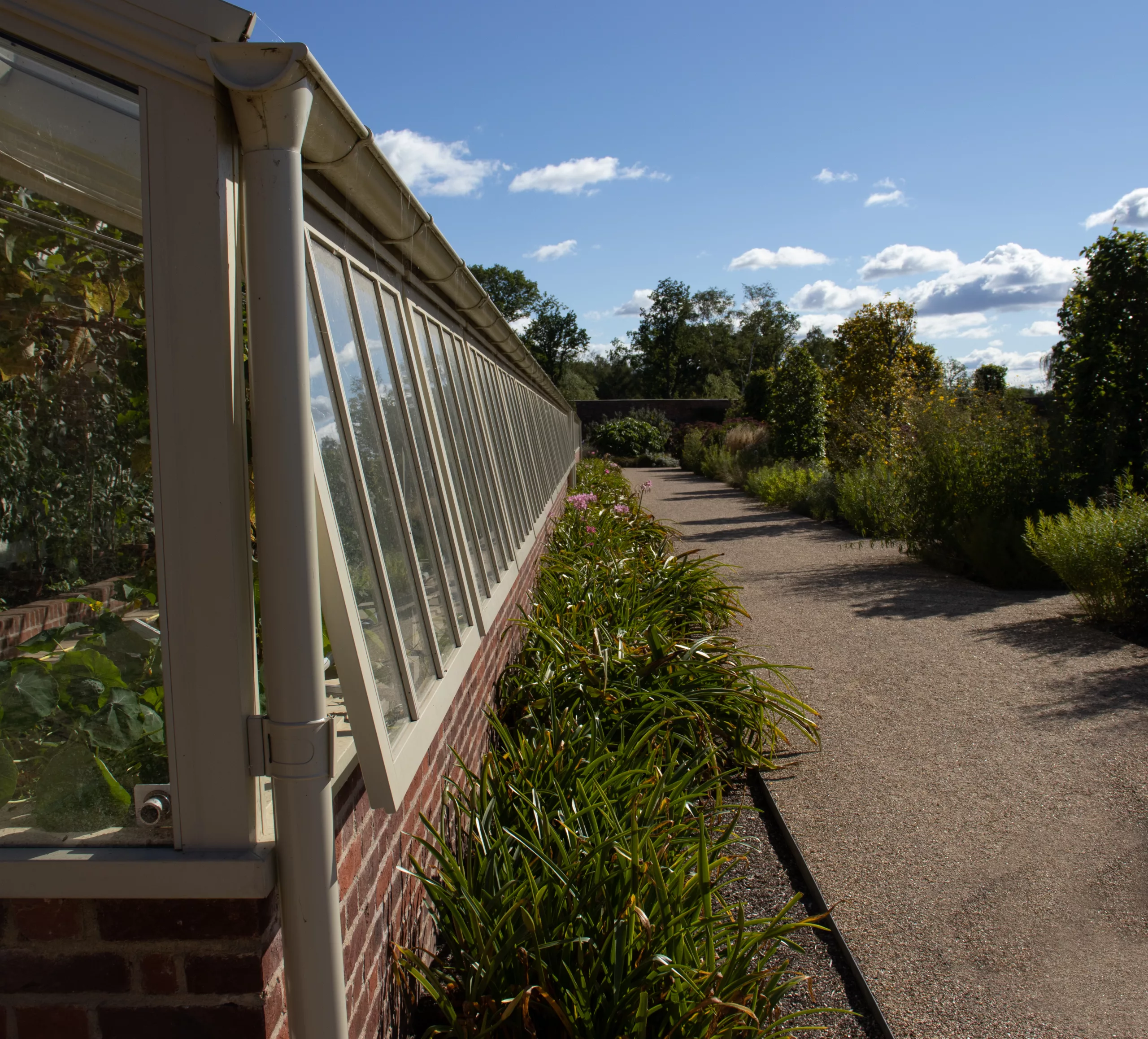
An historical legacy to fulfil, alongside a bold new ambition. To deliver a diverse, meaningful and future-proof contribution to the local community. Naturally, the RHS Bridgewater team have partnered with todays’ most notable designers and craftsmen. Chelsea gold medallist Tom Stuart-Smith; alongside award-winning architects Hodder and Partners developed a masterplan for the rejuvenation of the space. Paying homage to the history of the land and ensuring sensitive redevelopment of any surviving buildings and landscaping. This modern and future-facing vision delivers education, jobs and wellbeing on a large scale. See Tom’s original designs here
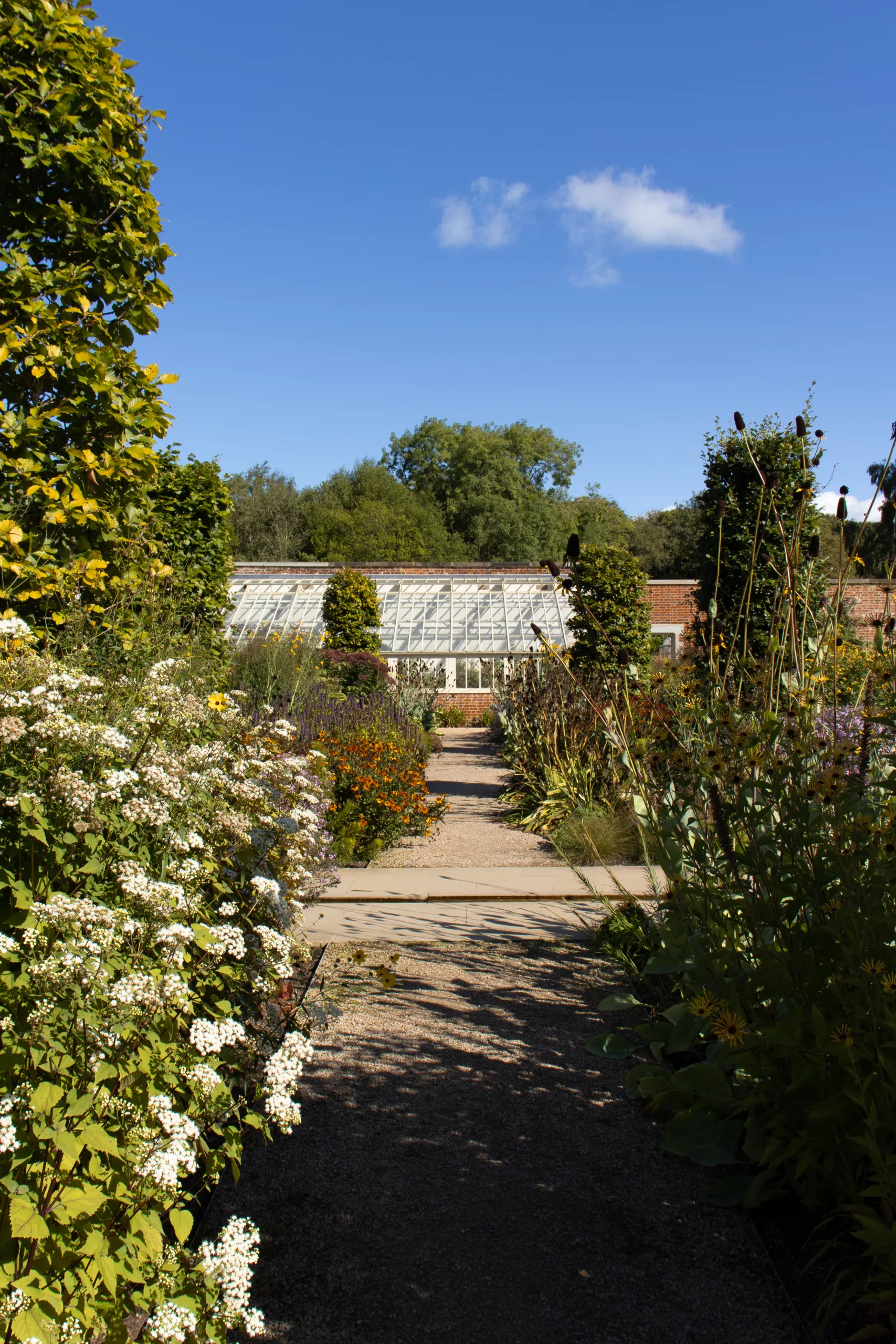
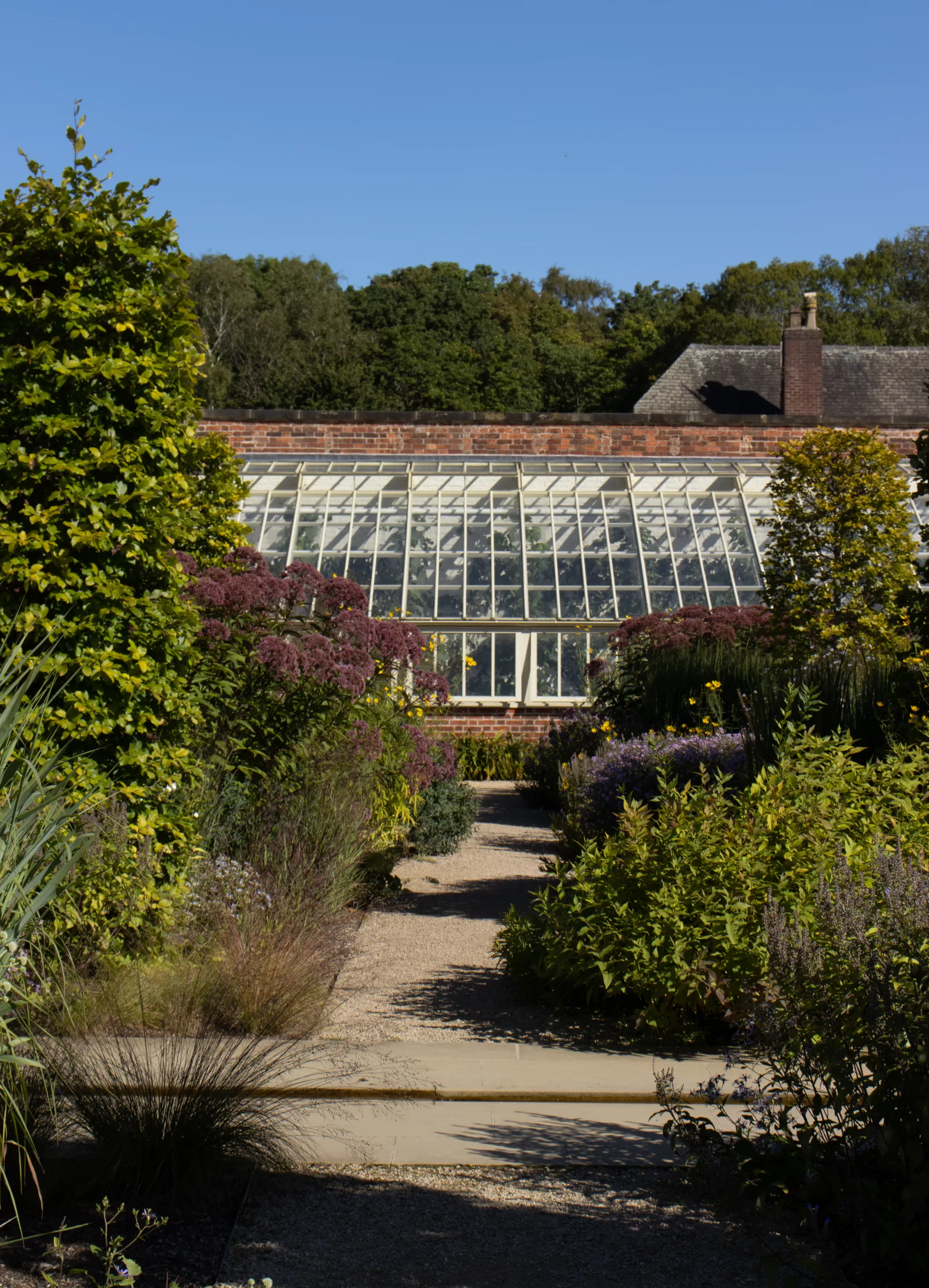
The focal point of phase one of the masterplan was to be the walled garden. 11 acres protected from the northwest weather by walls of brick painstakingly renovated. Once providing fruit, vegetables and flowers to the Worsley New Hall estate, the glasshouses would have been key to the productiveness of the kitchen gardens. The remnants of 2 large mono-pitch structures, beyond repair, would be replaced with contemporary but sympathetic buildings. They must meet the requirements of this new phase in the garden’s existence. And yet still respect the design principles of the original structures and sit in harmony with the surrounding landscape.
The 11-acre Weston Walled Garden is one of the largest surviving Victorian kitchen gardens in the UK. Made up of a 2-part inner walled garden – the Paradise Garden occupying one half and the Kitchen Garden the other. Further growing spaces wrap around the inner walled gardens and are themselves enclosed within a lower outer wall. The original glasshouses once stood on the south-facing walls of the Paradise Garden. Providing temperate growing conditions for a huge range of both common and exotic plants at the time.
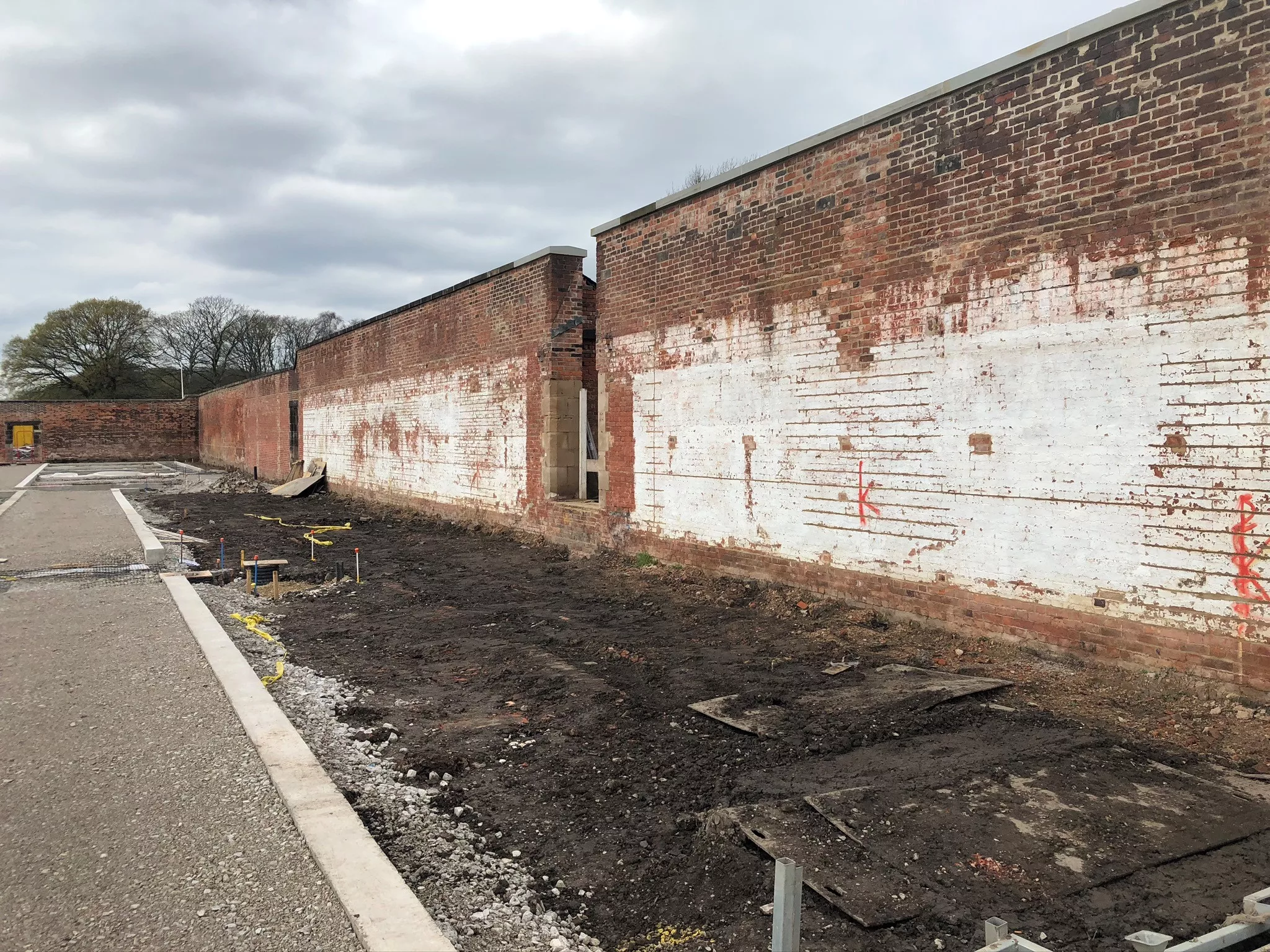
Tom Stuart-Smith’s reimaging of this space is a blend of old-meets-new. Harnessing design principles and growing traditions from ancient civilisations and blending inspiration from Asia, the Mediterranean and the Americas.
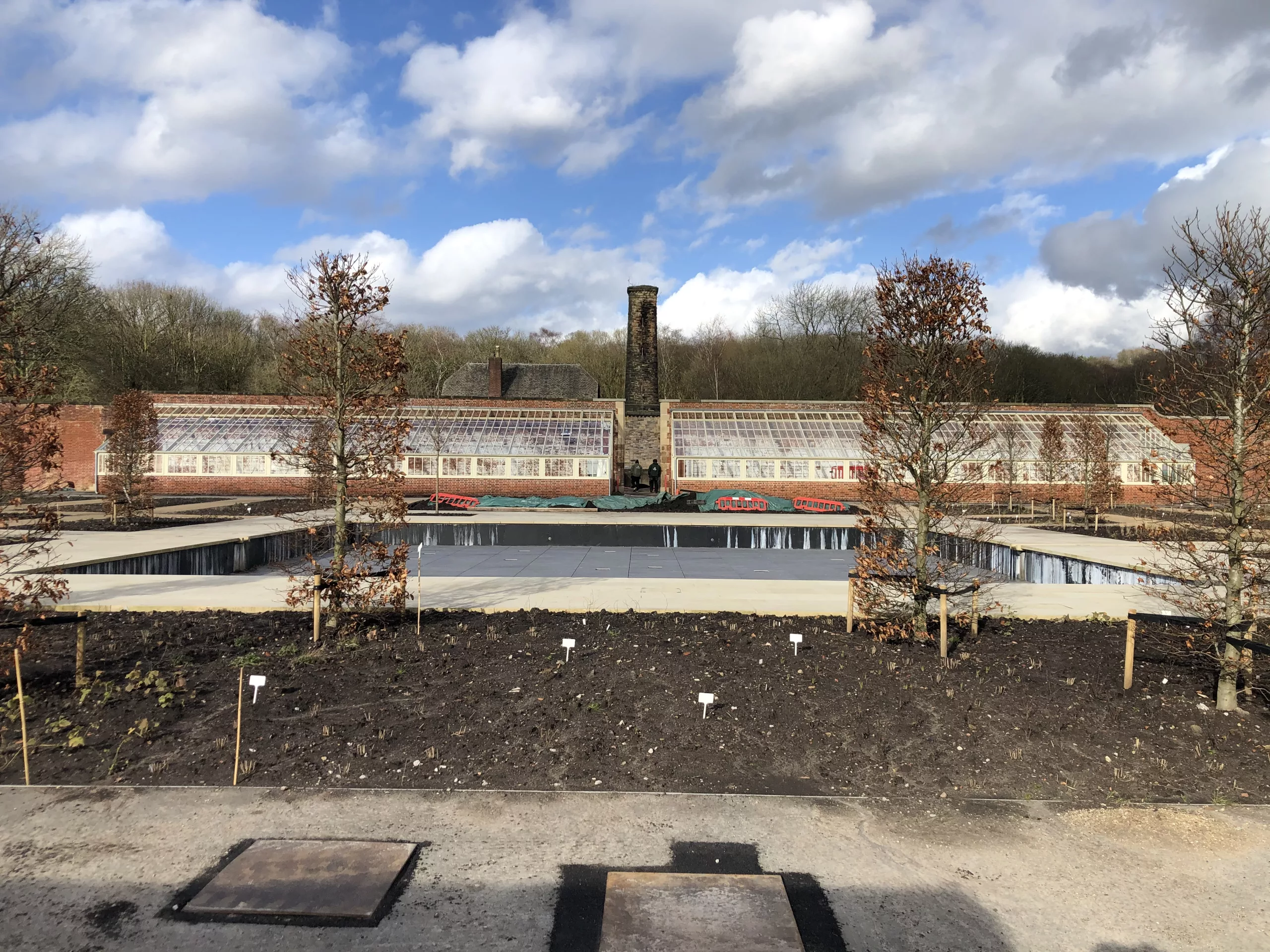
As well as being one of the RHS’s most ambitious projects ever undertaken, it was also one of ours too.
Accoya was a new building material to many involved. We needed to engage with a range of horticultural experts and explain the benefits.
The sheer size of the glasshouses – 5m wide by 25m long – was going to test the capacity of our workshops. This led us to implement a whole range of improvements to our own workspace and manufacturing processes. It also led us to re-evaluate aspects of our design and develop improvements. Much of this work has now become our new standard, pushing us to make our greenhouses better.
Marcus Chilton-Jones is the Curator at RHS Bridgewater although our path’s first crossed many years ago at Trentham Gardens. It was he who lead John through a thicket of brambles to reveal what was left of the original glasshouses. Marcus’ excitement was infectious and it was clear this was a ground-breaking and historic project to be part of.
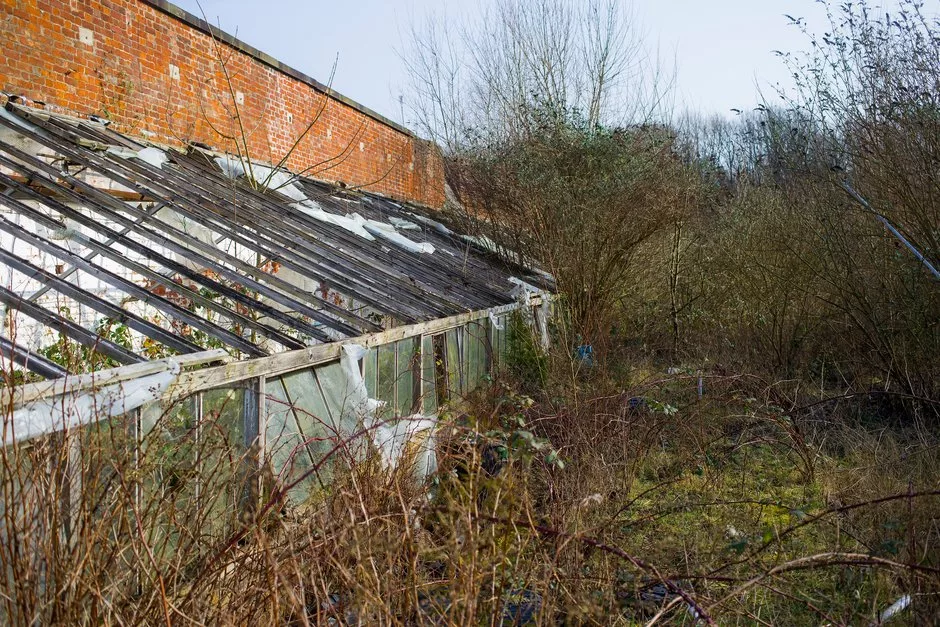
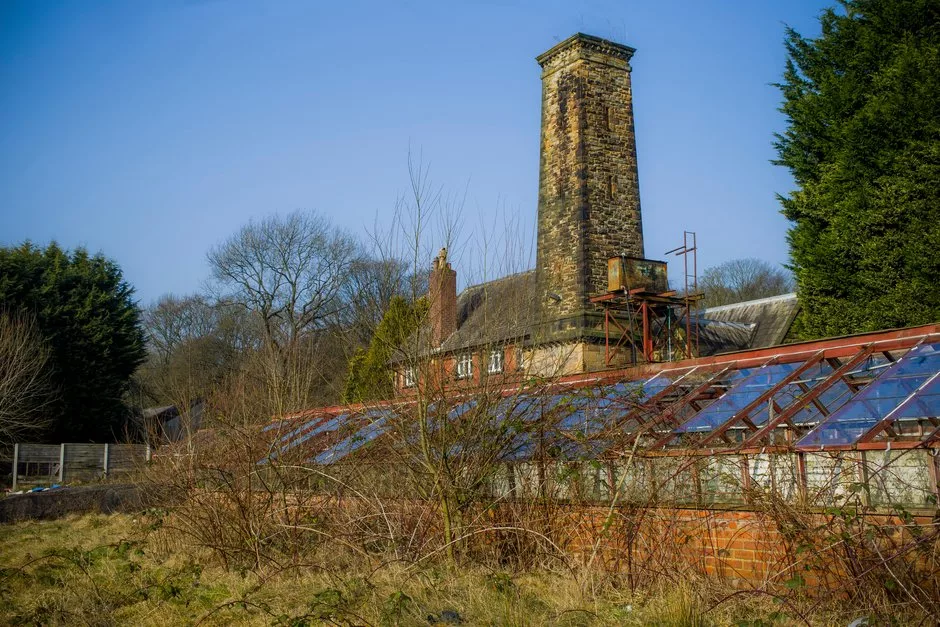
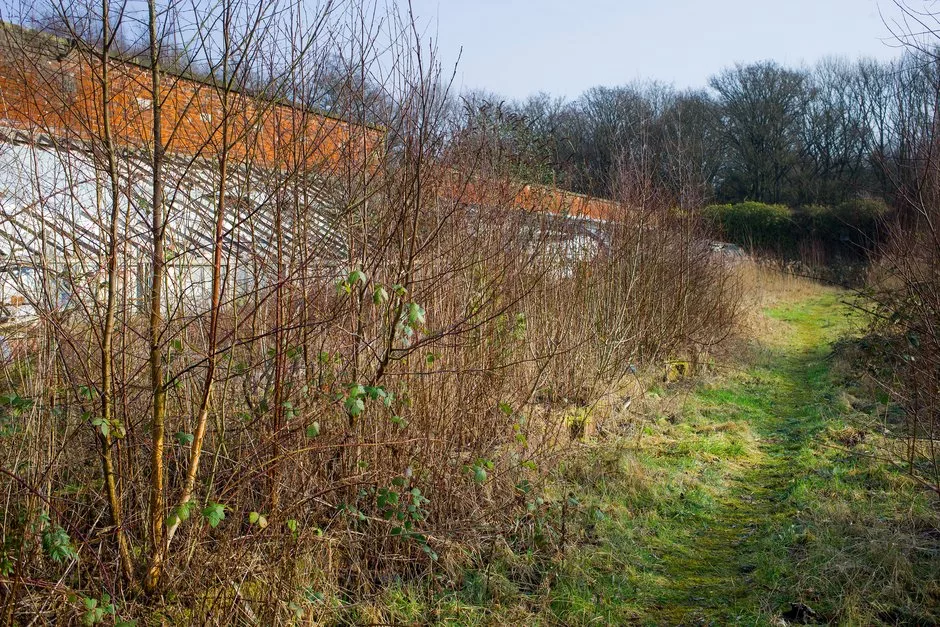
The above images are courtesy of RHS/Neil Hepworth, 2017
“Our Victorian specification provides the platform to reproduce glasshouses of the period accurately and is often chosen by our clients because of its authentic look, ideally suited for historic properties, conservation areas and listed buildings.”
The classic portal framed structure is the basis for our Victorian specification, with large rafters and mullions forming regular modular sections. Slender glazing bars divide the modules into individual bays and support the glass. Narrow 14” glazing centres maintain consistency with the Victorian period and authentically emulate the original houses we were replacing.
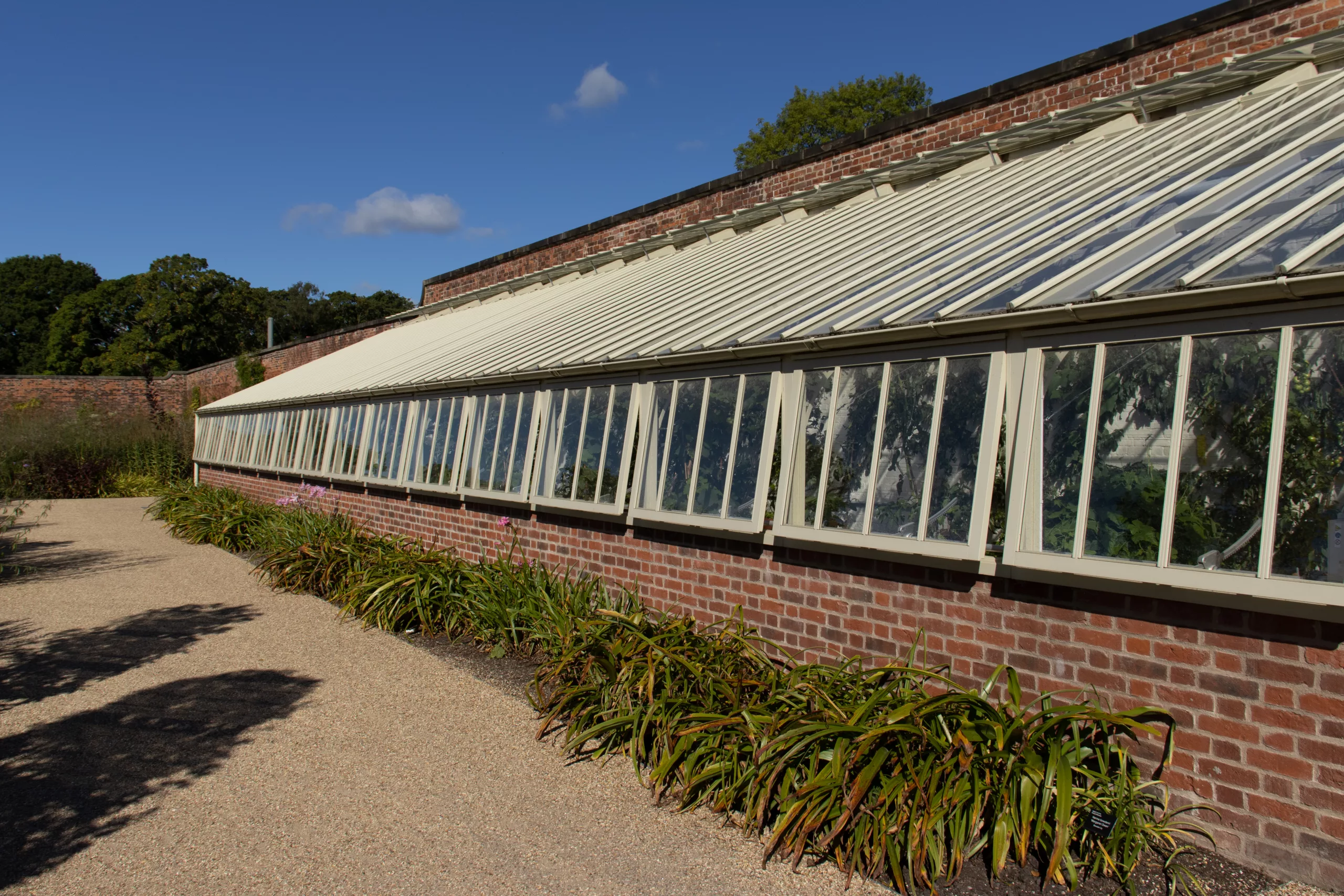
“The greenhouses should capture the history of the site and reflect the architectural features of the listed Gardener’s Cottage adjacent to the high-walled Kitchen Garden. A predominantly timber framed modular greenhouse is the perfect candidate. Using Accoya™ wood and modern water-based Teknos™ coatings along with discreet aluminium roof components mean that the glasshouses will perform well for years to come whilst maintaining their connection with the past.”
Cooperation with the massive-scale operation that brought the gardens to life was also key. We always tread as lightly as possible when we install a greenhouse, but with this project that wasn’t so easy. There were hundreds of contractors to coordinate with and health. Along with health and safety requirements which don’t normally apply when working in private gardens. Our installation schedule needed to mesh with the rest of the works on site. Whilst ensuring the glasshouses would be ready in time for the grand opening. Originally scheduled for May ’20, the project was, of course, held back by Covid. The critical timing of installation also meant this work had to take place during the worst months of the year. With the shortest days and coldest, wettest weather testing our team to frustrating lengths.
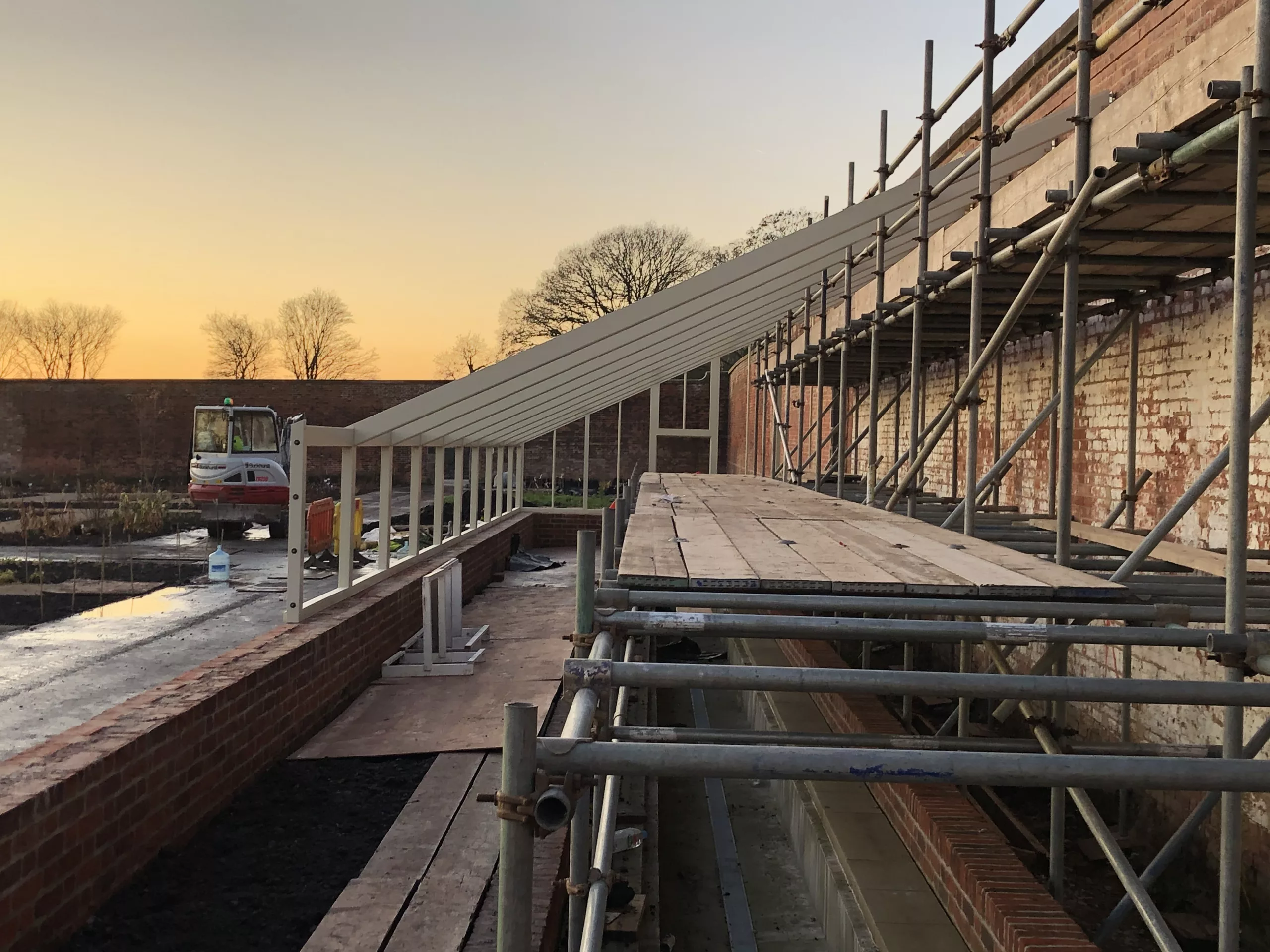
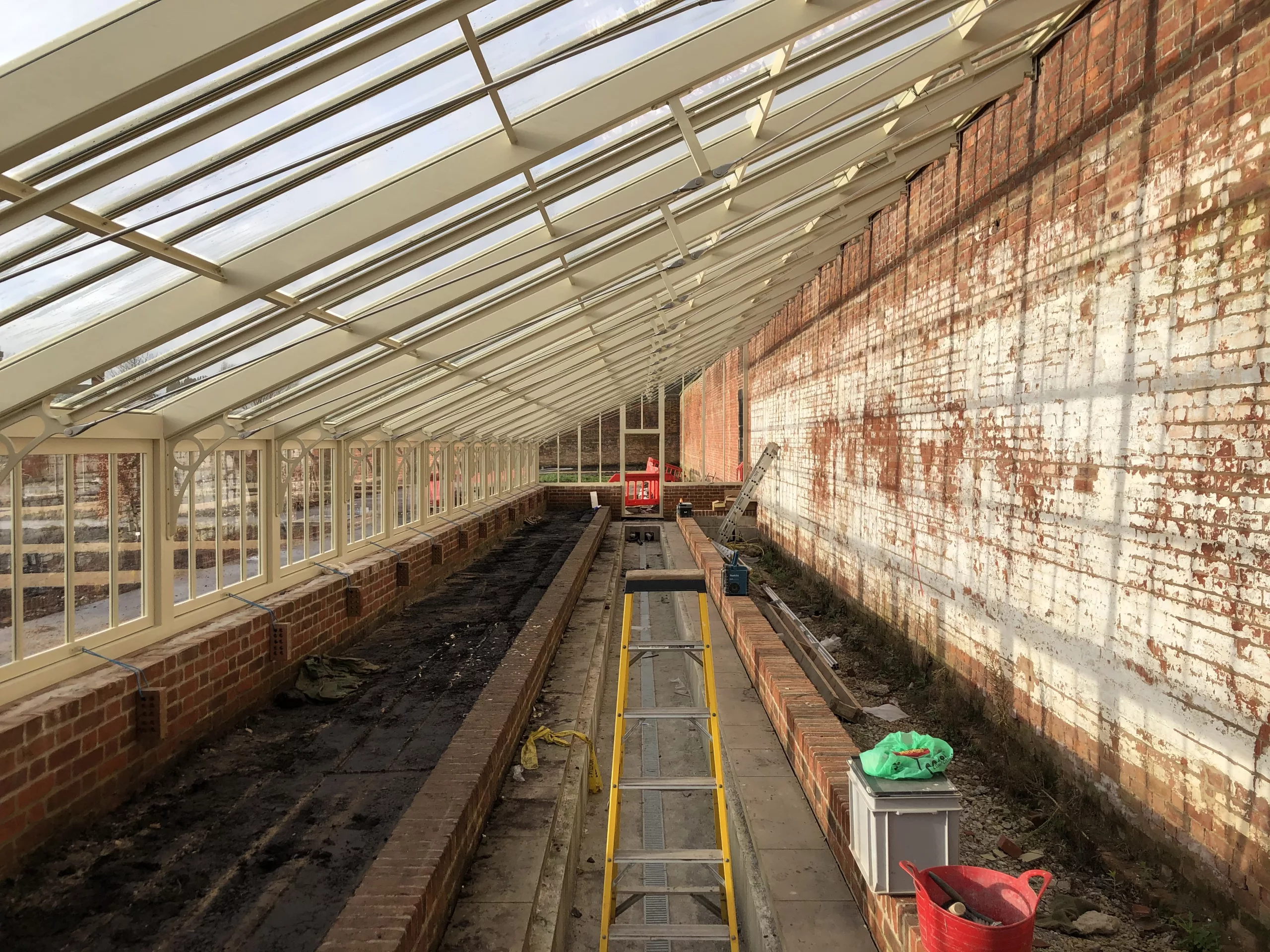
Battling snow and high winds, we barely had the main superstructures in place before the first lockdown hit. The original opening date for RHS Bridgewater at first looked in doubt, and then a hopeless dream. Both construction work and the immense task of introducing thousands of plants into the scheme came to a stand-still. A brief pause became a delay of over a year. The gardening team breathed a sigh of relief and we used the extra time to install another greenhouse. A freestanding Edwardian spec this time – in the Peel Learning Garden. We’ll tell you more about that soon…
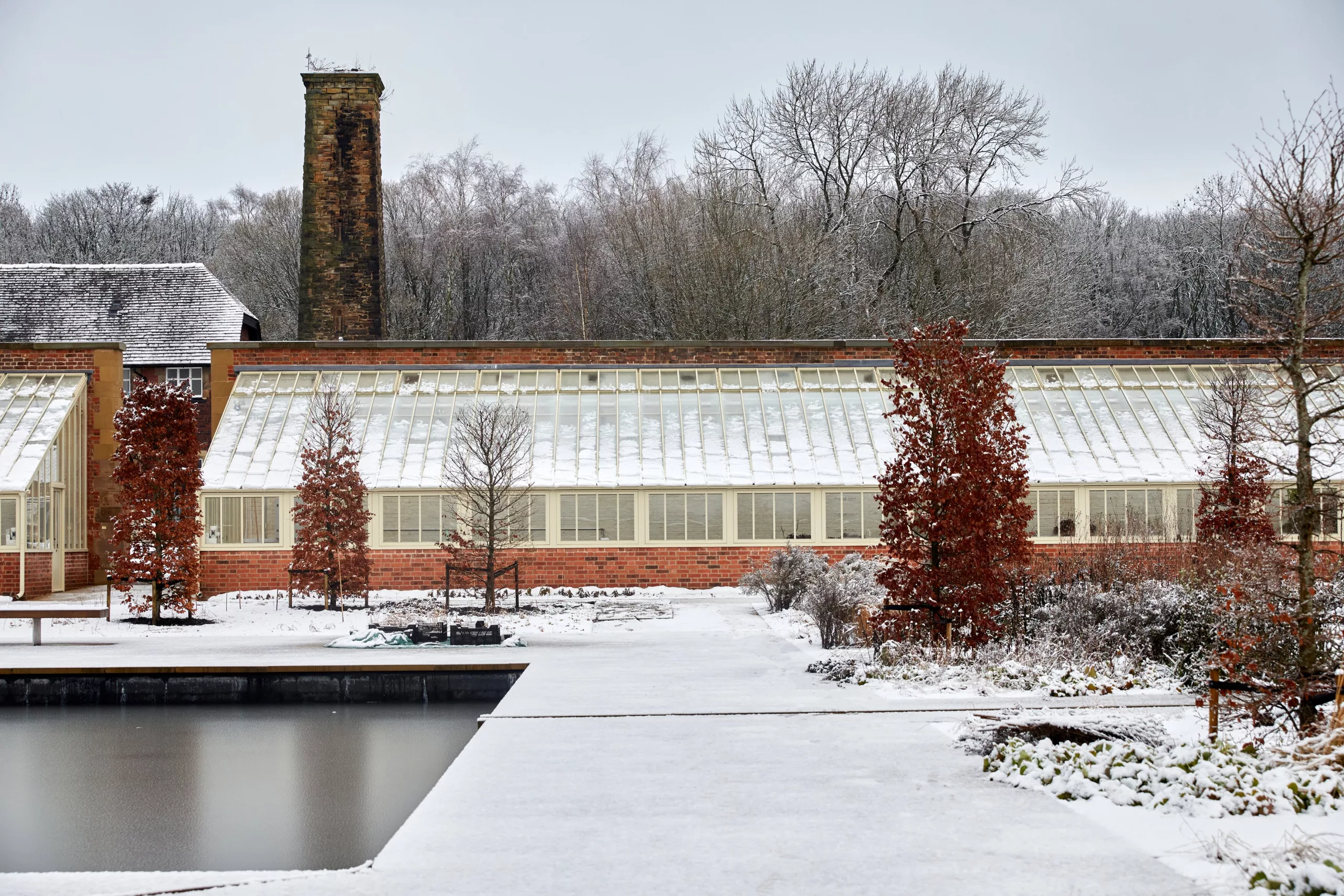
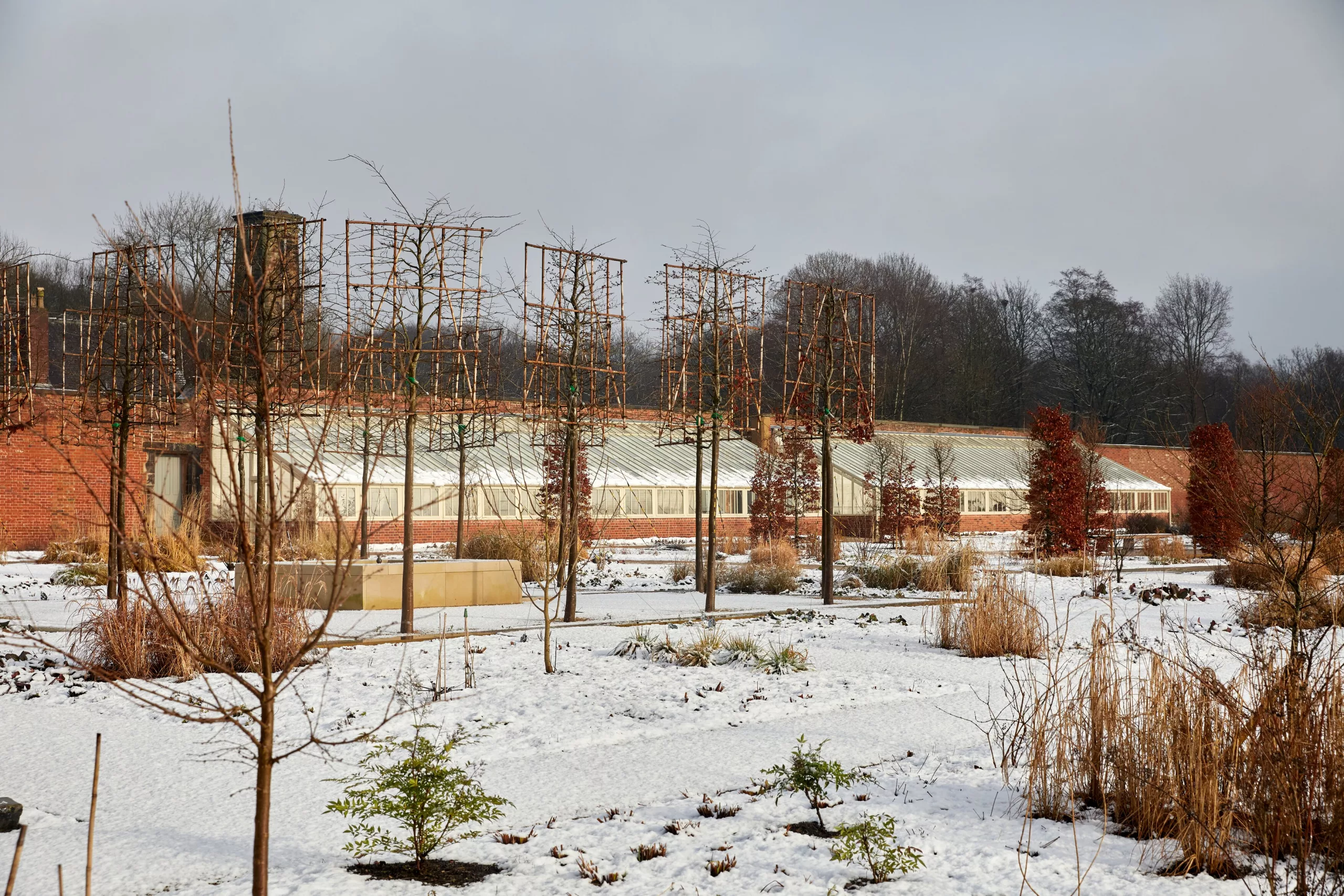
The above images are courtesy of RHS/Mark Waugh, January 2021
The Paradise Garden glasshouses represent near-perfect examples of our Victorian specification. They also feature a range of modifications which facilitate the specific growing conditions demanded of each house. The original glasshouses would have been warmed with a coal-fired boiler. It’s chimney stack continues to be a key feature along the north wall of the garden. Today a much more sustainable biomass boiler is the heat source. With complex electronics to control the temperature, ventilation, humidity and shading. Modifications to the roof structure incorporate the internal shading. Traditional top-hung side sashes are connected to bespoke electrical vent openers.
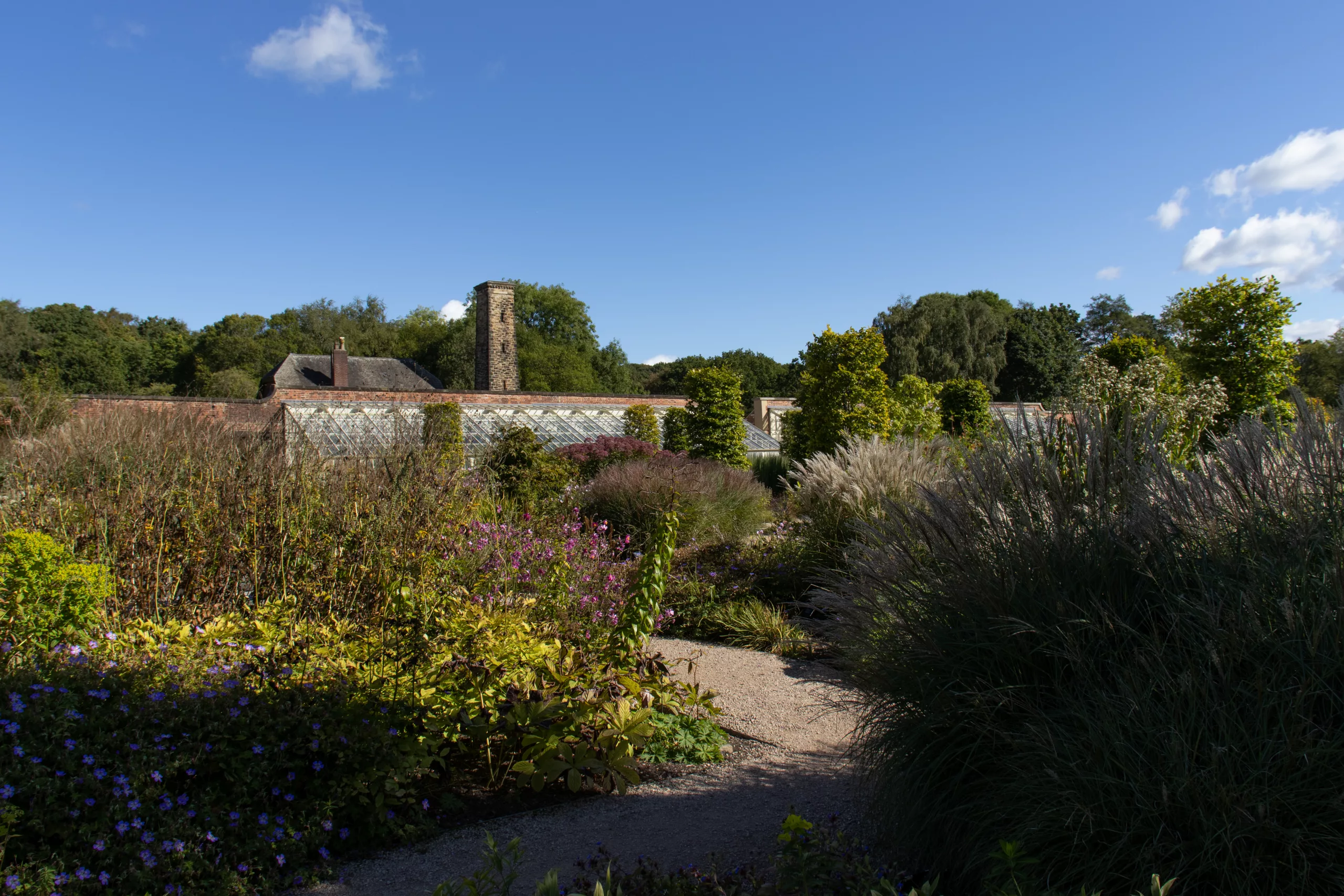
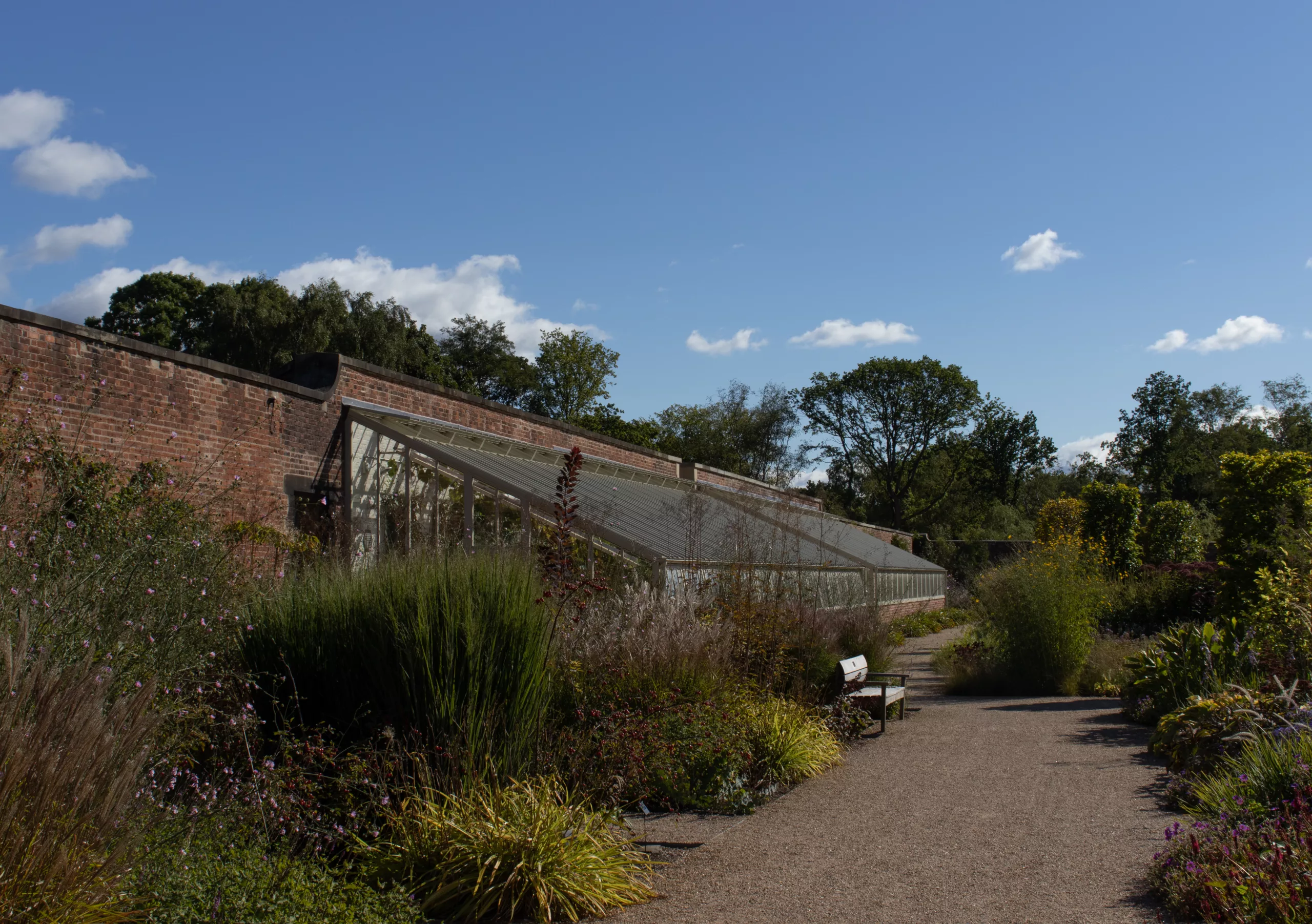
‘White Cottage designed, supplied and installed a significant pair of glasshouses for us at RHS Garden Bridgewater in readiness for opening in May of 2021. This pair of glasshouses sit in a heritage context and form an important backdrop to our centrepiece Paradise Garden designed by Tom Stuart-Smith. They simply had to be ‘spot on’ in every detail to fulfil our brief. We were not disappointed in any regard! The glasshouses are elegant, sympathetic to context, grow excellent plants for display and are a magnet for our visitors. Suffice to say we are delighted with them in every respect and would not hesitate to work in partnership with White Cottage again in the future’. Marcus Chilton-Jones, Curator, RHS Bridgewater.
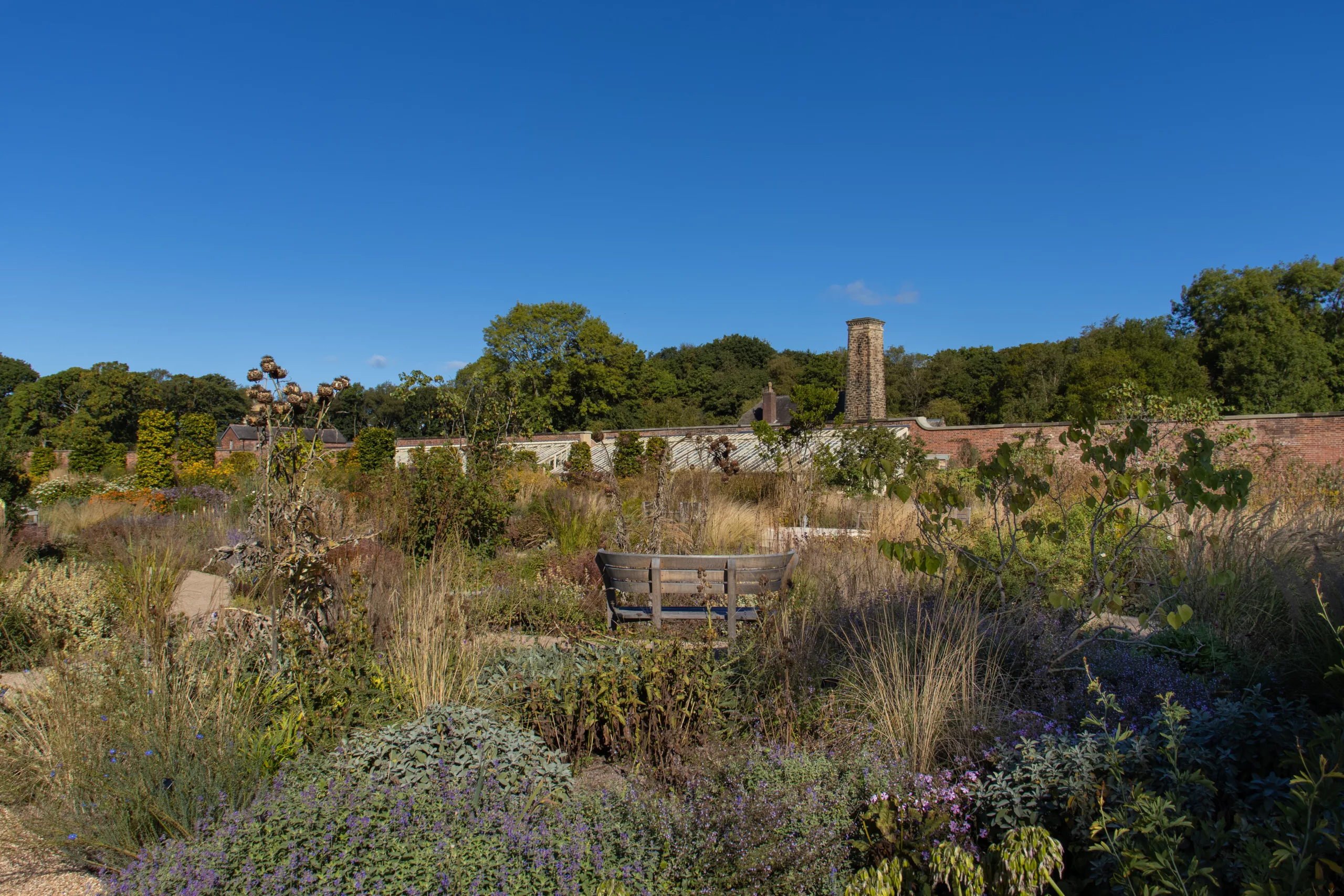
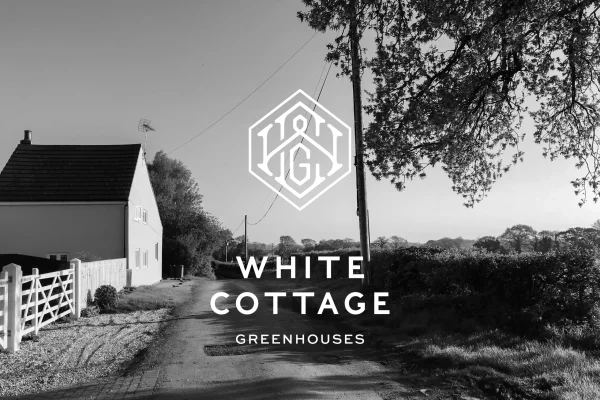
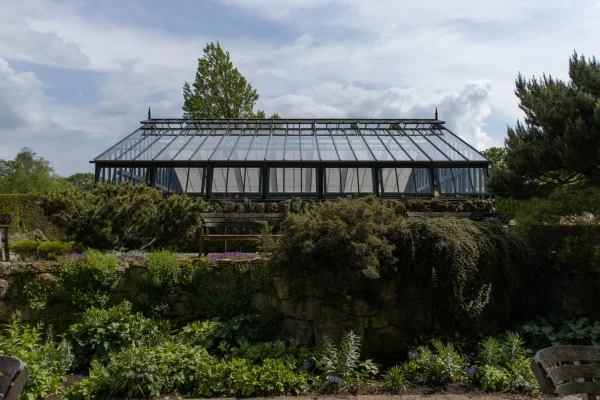
Comments
This article doesn't have any comments yet.